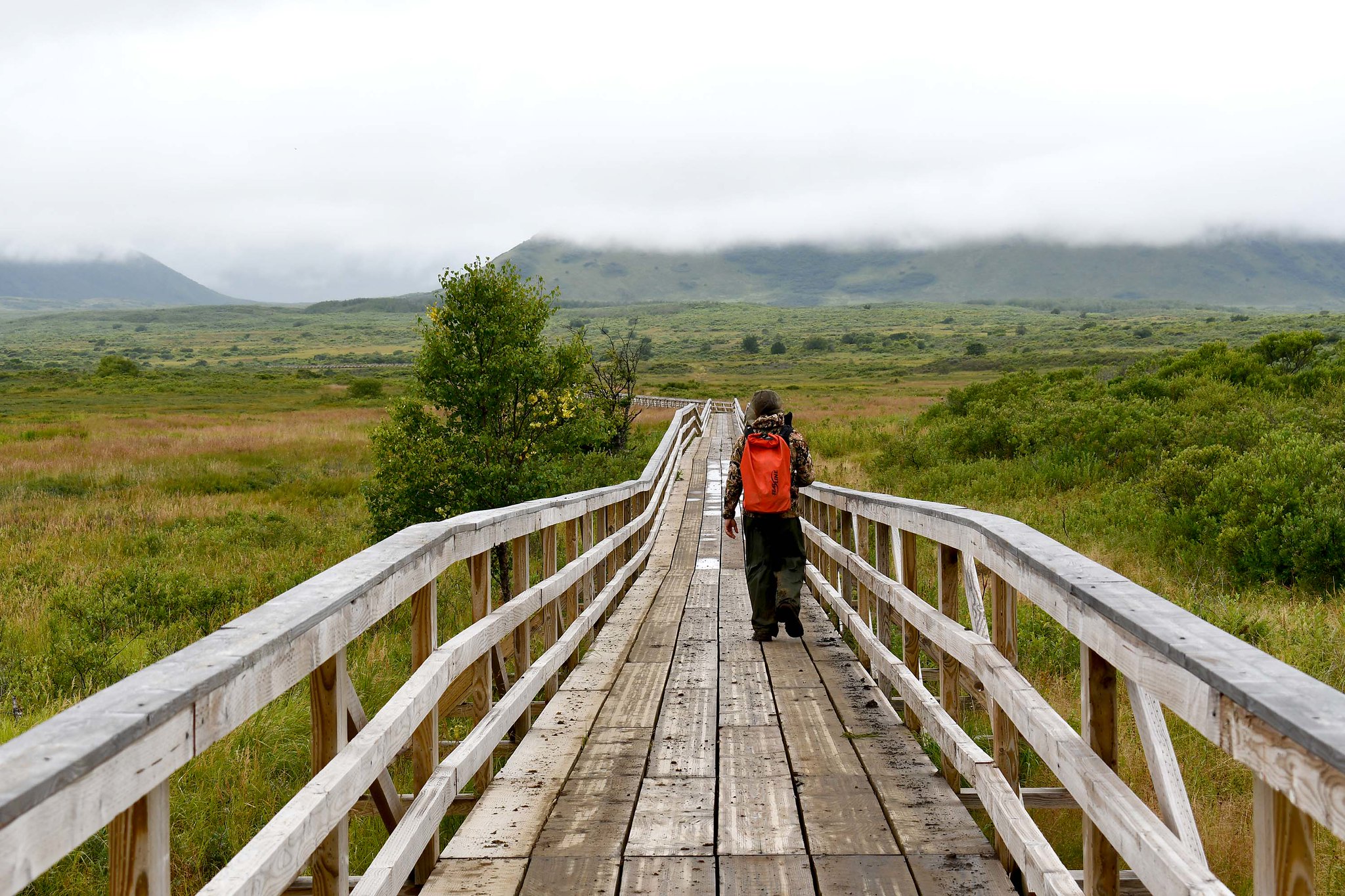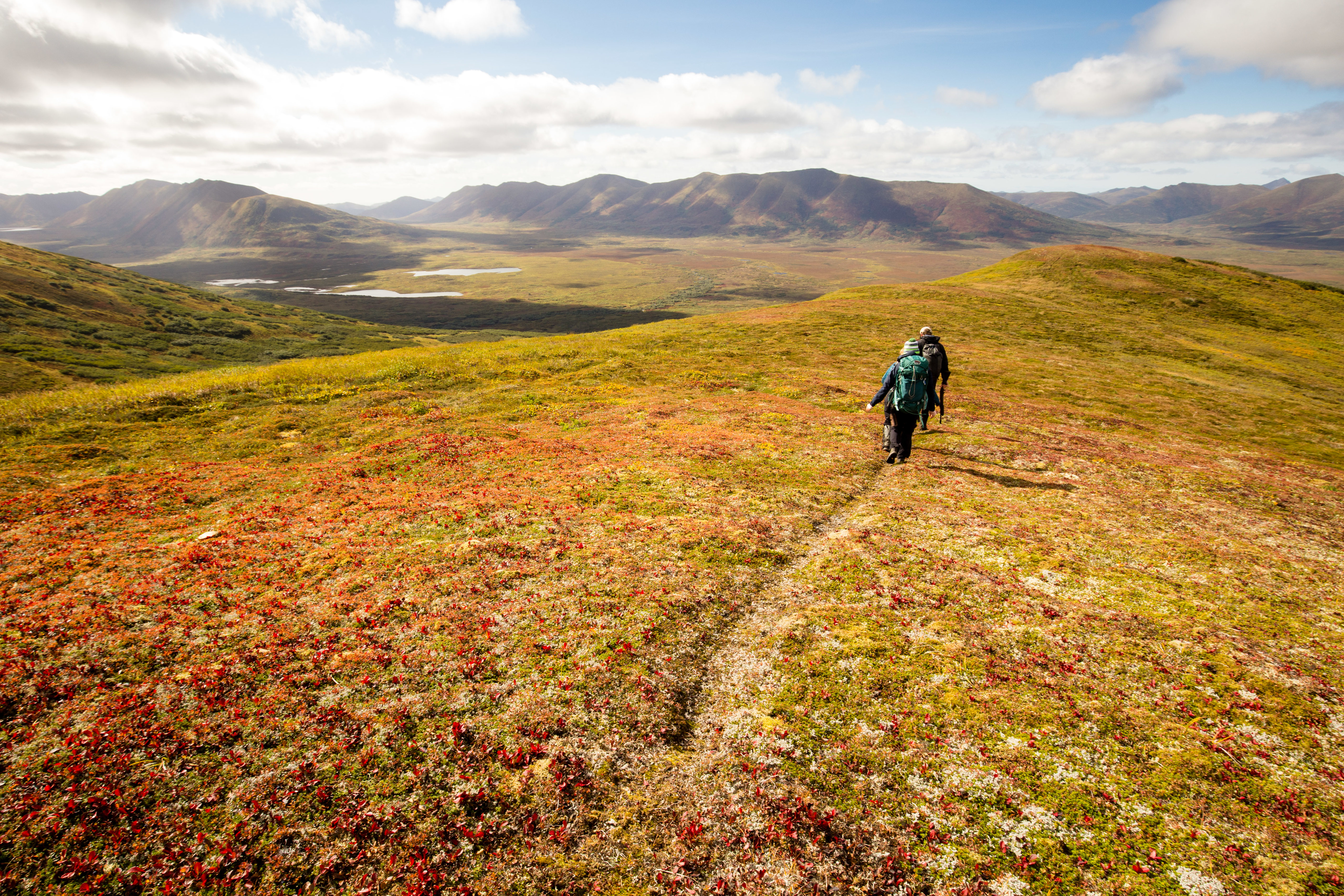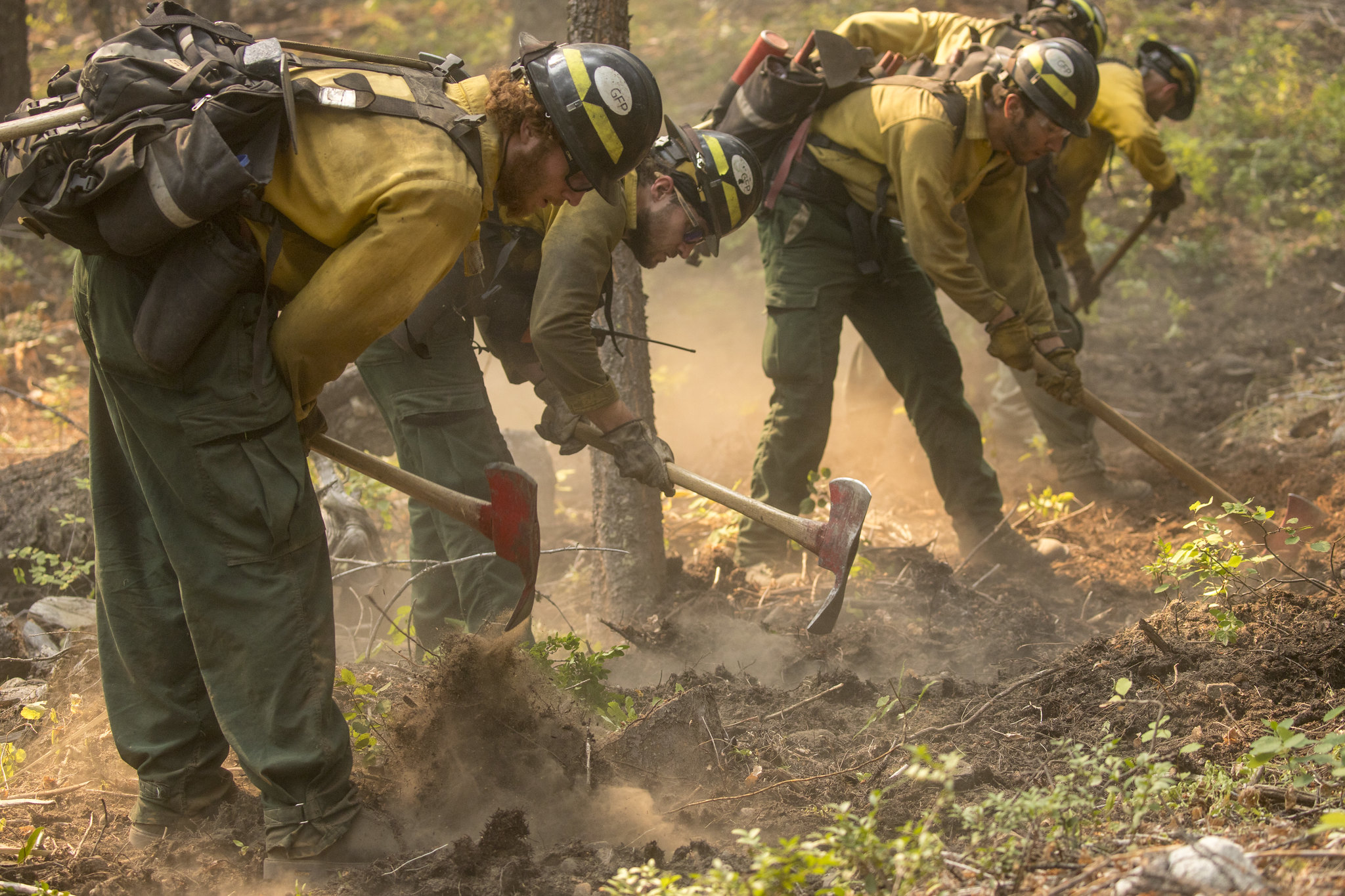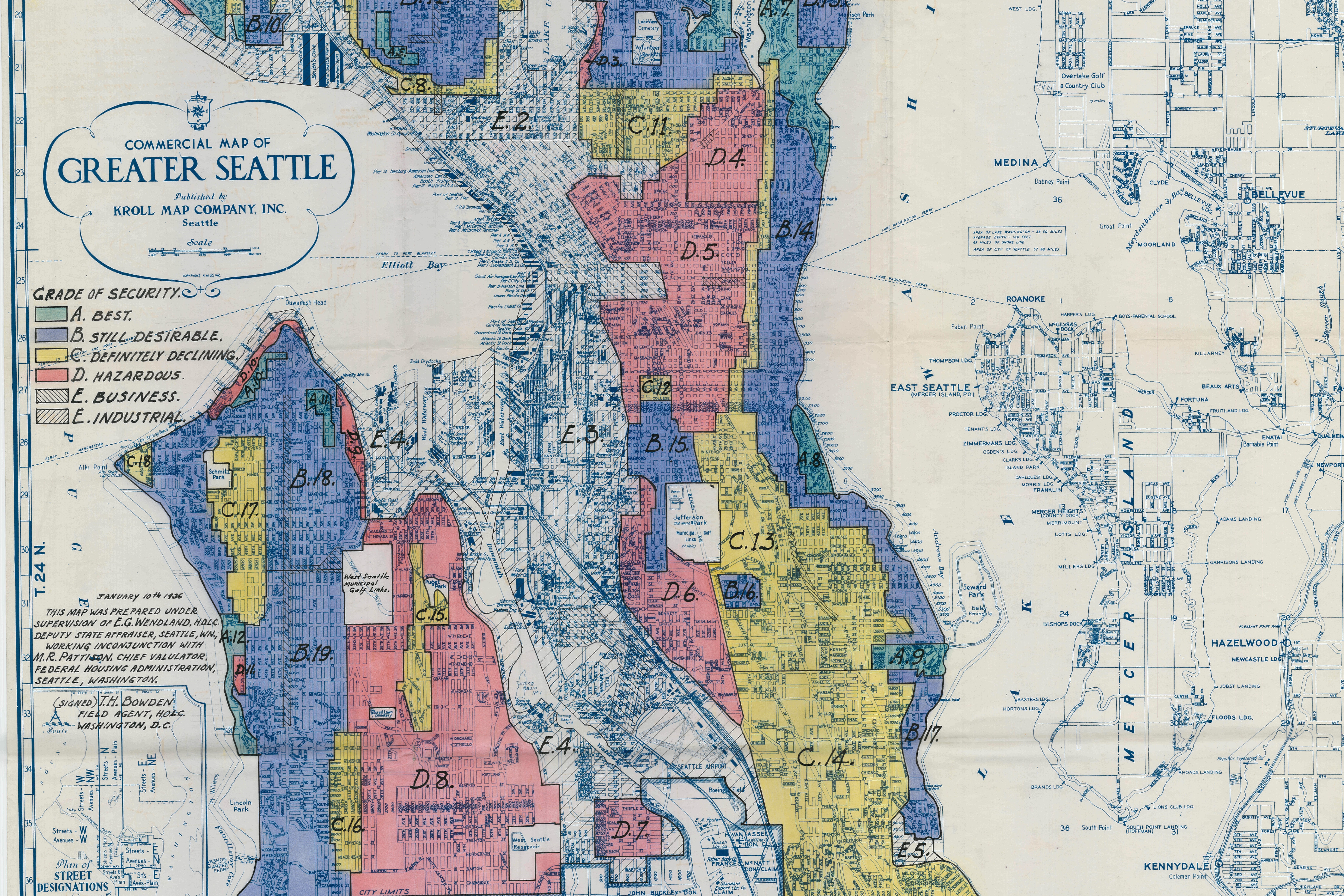
Indigenous health and wellness hinges on an interconnected social and ecological system. The impacts of climate change on foods, waters, lands, and other species in the Northwest threaten these connections, and may intensify the historical trauma still experienced by many Indigenous peoples. In addition, historical policies of land allotment have forced some Indigenous communities into areas with extreme vulnerability to climate change, such as low-lying coastal deltas at risk of storm surges and floods. Because of the compounding effects of inadequate infrastructure, loss of access to traditional foods, food insecurity, threat of community relocation, impacts to water quality and quantity, and poverty, climate change poses an immediate threat to the mental health of the region’s 271 federally recognized tribes and other Indigenous communities.
The effects of climate change in Alaska have a significant impact on the mental health of the state's 228 federally recognized Alaska Native tribes and numerous other Indigenous communities. Higher suicide rates already exist among Alaska Native populations, especially youth. As erosion and relocation threaten more coastal and riverine communities, and shifting subsistence patterns challenge Indigenous ways of life, Alaska Natives are likely to experience increased mental health challenges. For example, climate change impacts in the Arctic have been altering traditional and wild-harvest practices by limiting hunter access and changing wildlife migration patterns. Changes to wild harvest practices affect diet and nutrition, and can increase the rate of mood and anxiety disorders among Indigenous individuals, weakening connections to land, community, and sense of self-worth.
Native Americans in Idaho, Oregon, and Washington increasingly suffer from heightened mental health impacts related to climate change. Erosion and rising sea levels threaten Indigenous communities in coastal Washington with relocation, while inland communities suffer the anxiety of potential wildfires, loss of subsistence foods like salmon, and other extreme events that could impact mental health.
Indigenous peoples have adapted to environmental and social changes in the region since time immemorial, and they continue to adapt to the challenges of climate change. For example, the Confederated Tribes of the Umatilla Indian Reservation assessed the vulnerability of their First Foods to climate change to create a climate adaptation plan centered around cultural heritage. Meanwhile, the Yakama Nation is buying back agricultural lands to train young tribal members in sustainable and regenerative farming practices. Supporting community-defined climate strategies and capacity building within Indigenous communities will further increase Indigenous resilience to the negative mental health effects of climate change.
-

Climate change can have an array of negative mental health effects, particularly on vulnerable populations.
-

A summary of the impacts of climate change on the mental health of outdoor and emergency workers.
-

A summary of the impacts of climate change on the mental health of individuals in economically-disadvantaged communities.

